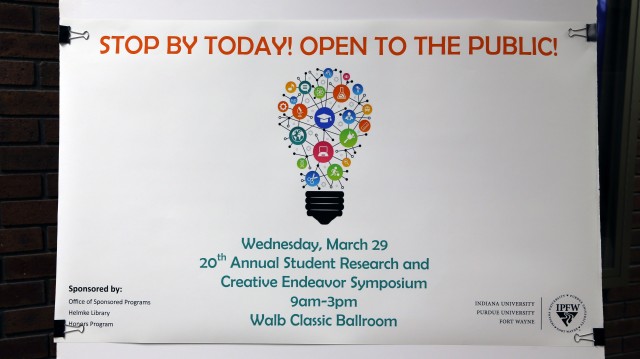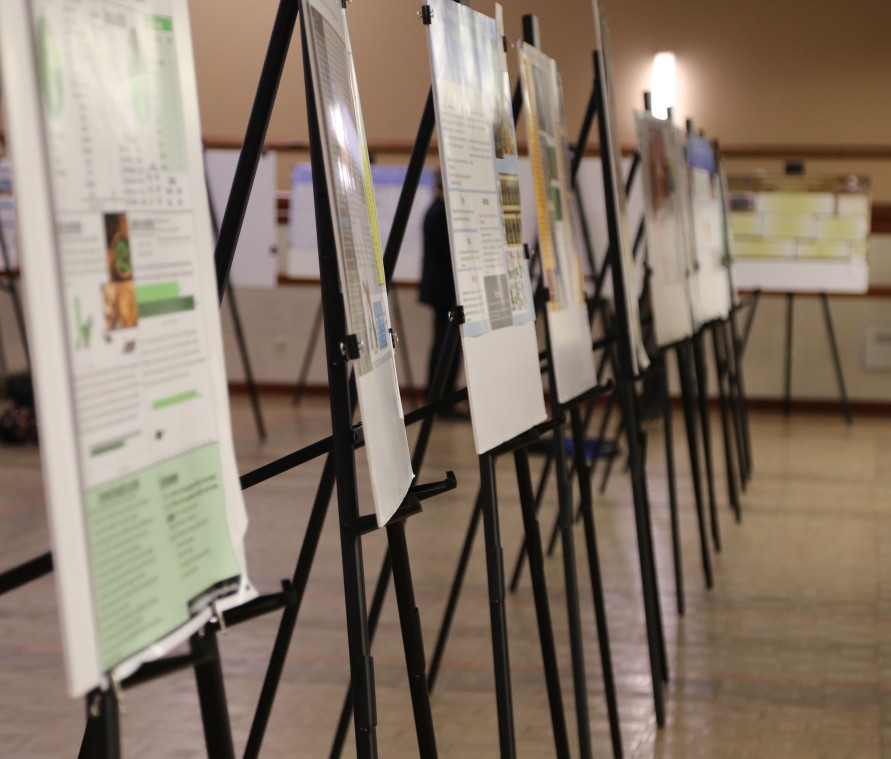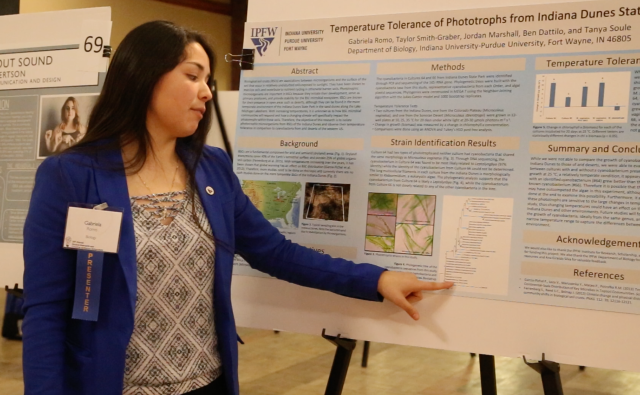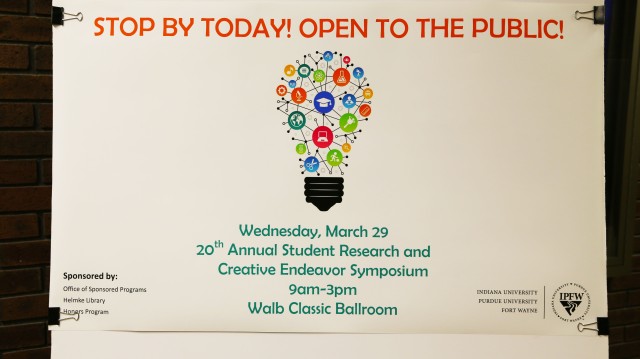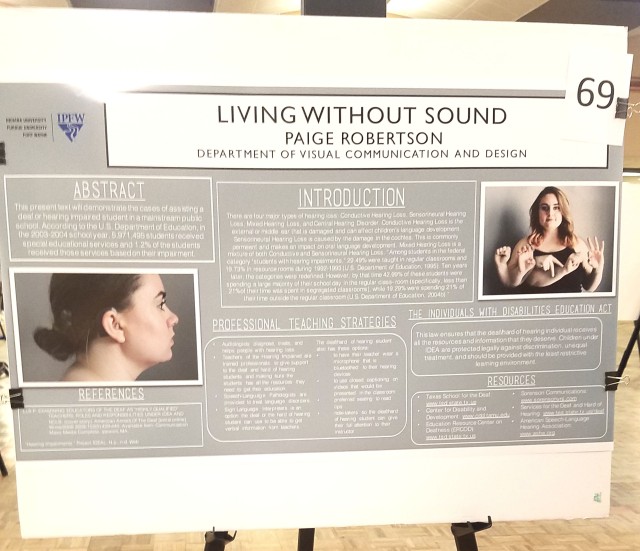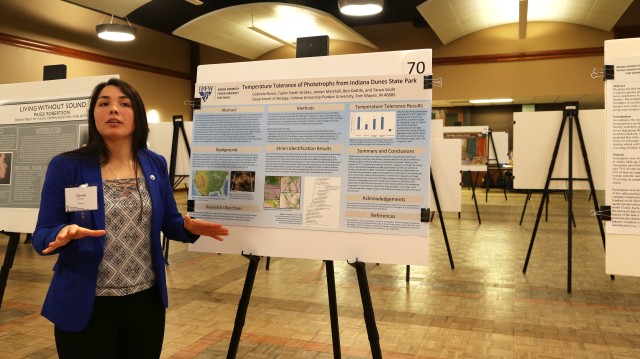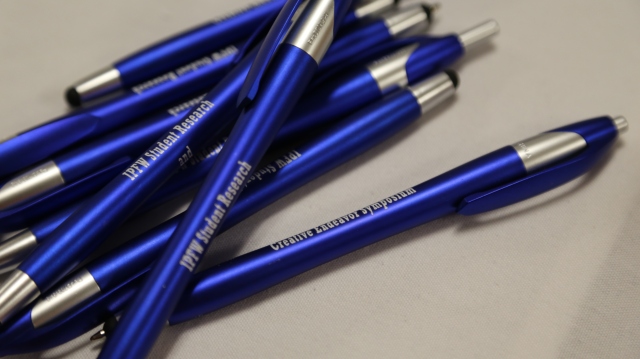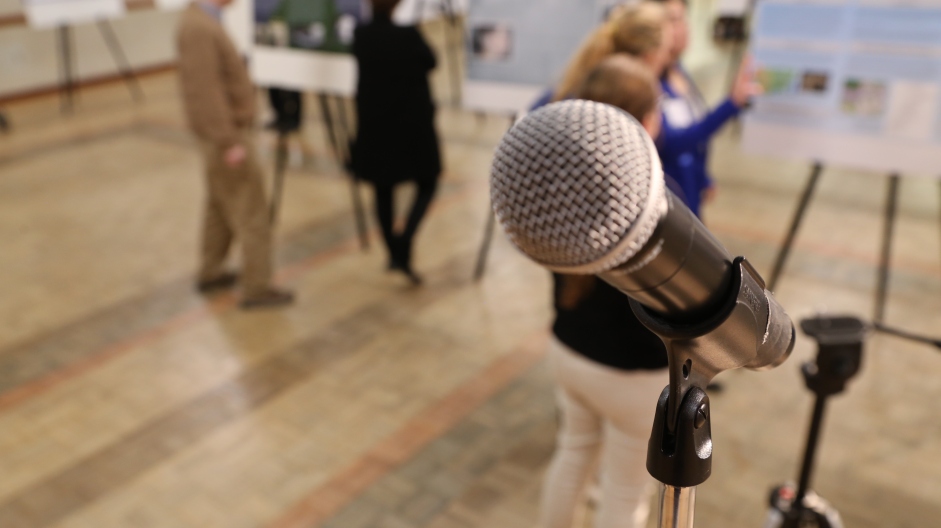Back in August of 2014, the Indiana Commission for Higher Education released a resolution to aid college students to graduate in four years.
The campaign urged undergraduate students to take at least 15 credit hours per semester.
Universities pushed for this by introducing something called banded tuition.
Angela Williams, the director of online and credit programs at IPFW, said banded tuition, if passed, would begin during the fall semester of 2018.
“We are one of the only schools right now that does not have banded tuition,” Williams said. “And with the online courses being the same price, well, that is a huge benefit to students.”
Besides IPFW, only a few other public institutions in the state of Indiana have not switched over to the banded tuition model, Williams said.
Diana Jackson, director of administrative business services at Indiana – Purdue Fort Wayne, explained banded tuition as a flat rate students pay instead of per-credit-hour.
“The band we are proposing will begin at 12 to 18 credit hours, so if you take anything in that band you are going to pay the same amount no matter what you take,” Jackson said. “It is just a set amount of tuition and the mandatory fees that students are required to take.”
Students who wish to take less than 12 credit hours a semester will continue to pay per-credit-hour, while those who would take more than 18 would pay the banded tuition plus per-credit hour for however many credits they would additionally take.
In this proposal, banded tuition will be roughly around $4,120.50, Jackson said.
However, banded tuition will not apply to graduate students or summer courses. Both would be paid per-credit-hour.
Additionally, the proposal is also planning to eliminate the cost difference between traditional courses and online courses. As of spring semester 2017 that difference was $92.95 per-credit-hour.
Under the banded tuition model, the online differential fee will no longer exist. Instead Jackson said a student could take 15 credit hours of just online courses and pay the same as if they were traditional courses.
According to Jackson, the Higher Education Commission had been pushing the banded tuition idea to universities.
“They really want kids to understand that in order to graduate in four years, which is what they really want,” Jackson said, “students really have to take 15 credit hours a semester in order to do that.”
Even though the model is still in the proposal stage and most of the faculty has heard about it, most students were at a lost when it was mentioned to them.
Linnize Richner, freshman biology major, had no prior knowledge of this proposal or what banded tuition meant. Yet, after learning about the idea and what it entailed she said it would be a good thing.
“I know a lot of students, myself included, hate the price difference for online courses,” Richner said. “I feel this could really help with that and stop putting limitations on certain students from being able to take a desired course because of the cost difference.”
Currently banded tuition is still just a proposal at IPFW and will go before the board of trustees in the coming months to make a final decision.
Jackson has no worries that the plan will pass.
“I do think it will happen,” Jackson said. “It will help a lot of students out and they’ll know every semester how much their tuition will be not matter what form of class they are taking.”



 “The first time I gave a poster presentation I thought that I knew my stuff pretty well,” said Burris, senior in chemistry and Spanish.
“The first time I gave a poster presentation I thought that I knew my stuff pretty well,” said Burris, senior in chemistry and Spanish. ACCOMPANIED BY JOHN O’CONNELL, DEAN OF THE COLLEGE OF VISUAL AND PERFORMING ARTS, 2017 WINNERS FROM LEFT TO RIGHT: BENJAMIN BURRIS, EMMA ZOLMAN, LAUREN HOFFMAN, LUNA WAHAB, JINLONG HAN AND MONICA OCHOLA. COURTESY OF JIM WHITCRAFT
ACCOMPANIED BY JOHN O’CONNELL, DEAN OF THE COLLEGE OF VISUAL AND PERFORMING ARTS, 2017 WINNERS FROM LEFT TO RIGHT: BENJAMIN BURRIS, EMMA ZOLMAN, LAUREN HOFFMAN, LUNA WAHAB, JINLONG HAN AND MONICA OCHOLA. COURTESY OF JIM WHITCRAFT







